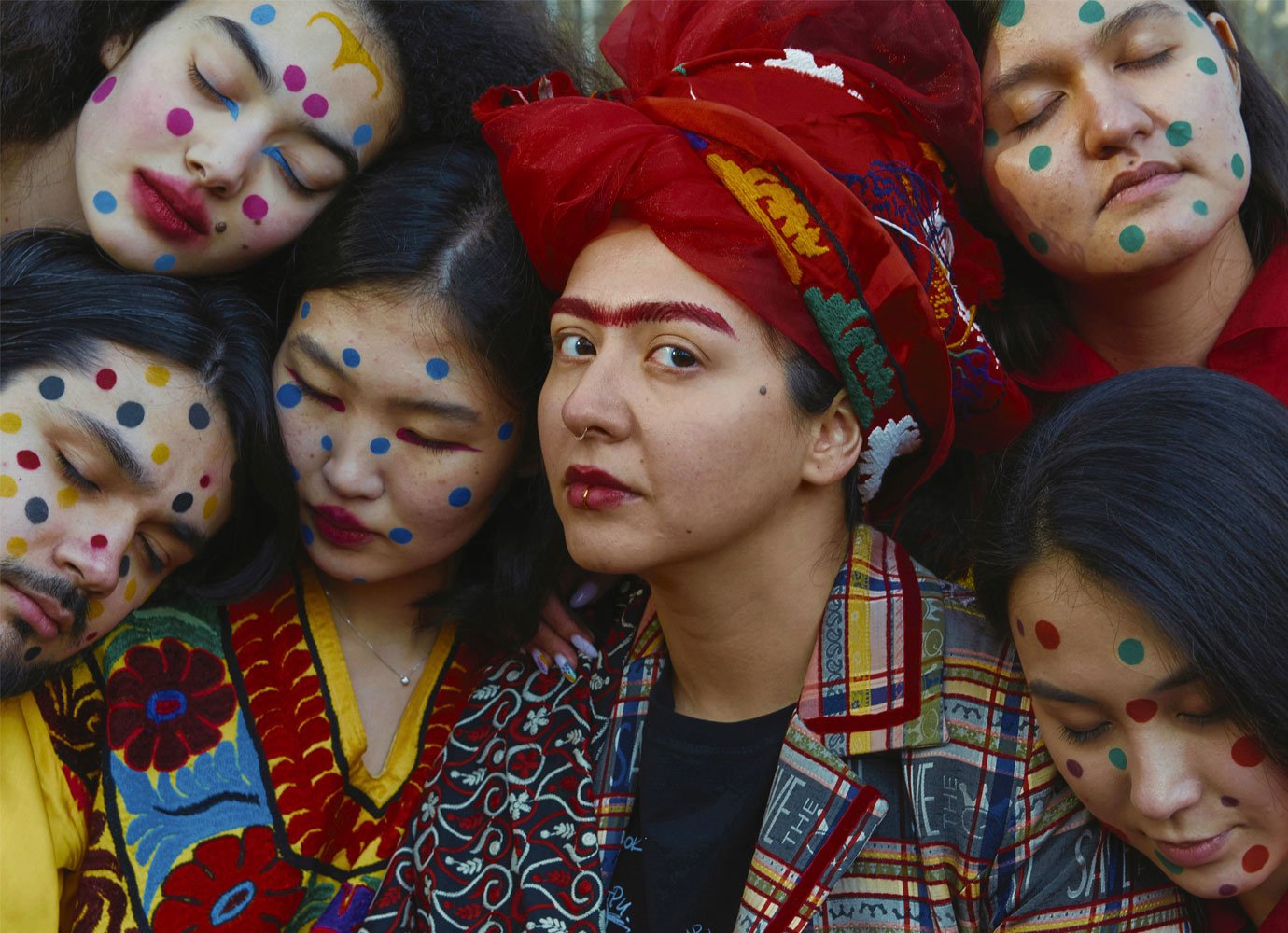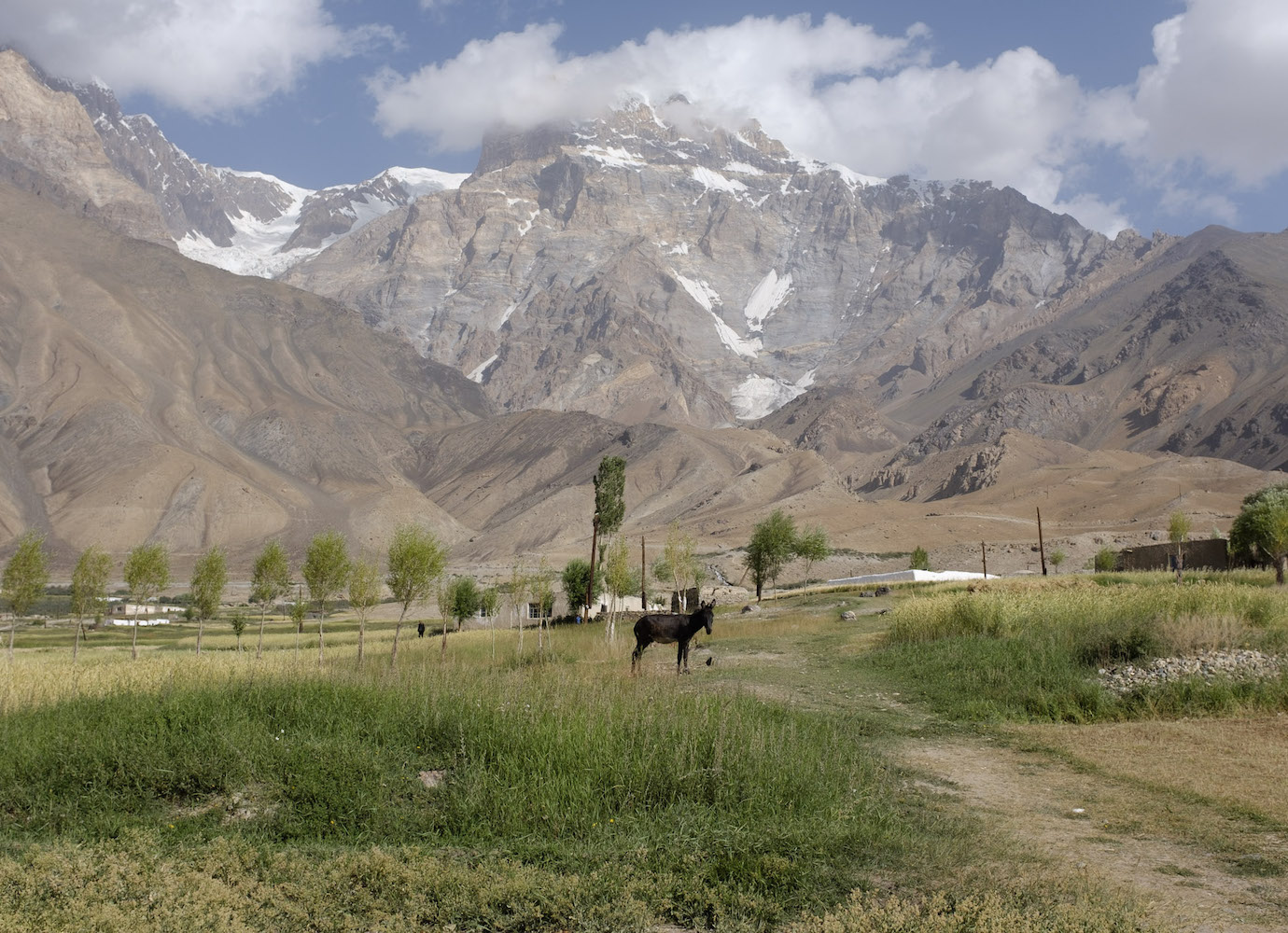In conservative Tajikistan, Gen Z activists are using Instagram to fight for feminism
For years, the scars of Tajikistan’s bloody civil war has left many people craving stability and social norms. Now, a new online generation is moving past conflict — and embracing feminism.
Patriarchy is a pervasive force in Tajikistan. Just 64 per cent of girls make the jump from lower to upper secondary education, with many pulled out of school and forced into marriage. Women’s average monthly wages sit at around 63 per cent of men’s. A 2016 survey carried out by the Tajikistani government found that 97 per cent of men and 72 per cent of women believe domestic violence should be endured for the sake of “family happiness”.
These are more than just statistics. When Timur Timerkhanov, a 25-year old journalist from Dushanbe, lost a childhood friend to suicide — taking her life to avoid a forced marriage to a stranger — he felt a call to action. Like many other young Tajikistanis, he reached out to the only platform that felt natural: social media. “I am telling Nazira’s story so that her sacrifice isn’t pointless,” he wrote in an Instagram post. “The subject of forced marriage is just one of many examples of gender and domestic violence. It’s scary to think about the girls who can’t find any other way out.”
[In Tajikistan,] 97 per cent of men and 72 per cent of women believe domestic violence should be endured for the sake of “family happiness”
More and more young Tajikistanis have been speaking out online in recent months, challenging social taboos. For these digital activists, feminism is a common entry point to a new online world. “I wrote my first post in 2017, praising the sentencing of a man to community service for harassing a girl on the street,” Amiran Karatsev told The Calvert Journal. “The post went viral, people were agreeing with me, so I realised that people want to hear these things.”
Strict norms around gender and sexuality are not unique to Tajikistan, but five years of civil war raised the stakes for social norms. The struggle for power over newly-independent Tajikistan — involving a number of competing militias and different regional and ideological factions — took at least 50,000 lives and displaced more than a million. The war began with opposition militias removing the first post-Soviet president, and over the next five years, different warring factions all tried to install their own leaders. In 1997, Emomali Rahmon, backed by a coalition of Soviet elites from the north and south of the country, managed to secure an agreement with the opposition and establish the authority of his regime. Twenty-three years later, Rahmon is still in charge, and has just been nominated for his sixth presidential term.
The complex diversity of the various factions struggling for power, and the need to justify Tajikistan’s existence as an independent nation, added urgency to the question of what it means to be Tajikistani in the post-Soviet world. The task of embodying and protecting Tajikistani national identity was placed on women’s shoulders: being a good Tajikistani woman meant modest clothing and behaviour. The social mechanisms that maintain control over women’s bodies are in many ways an extension of broader norms to rein in “unruly” behavior.
Although more than two decades have passed since Tajikistan’s civil war, stories of suffering still hold significant social and political currency. “[Growing up], I often heard, ‘Be thankful that there’s no civil war now, that you don’t have to go through the horror that we went through, that there’s a peaceful sky above your heads,’ Farzona Saidzoda, a 26-year-old feminist activist currently based in Kuwait, told The Calvert Journal. Neighbours and family members pressure each other to conform to society’s norms to avoid rocking the boat — largely out of fear of triggering a descent into another bloody conflict. Tajikistan’s government has enforced this social order vertically, placing itself at the centre of the post-war stability narrative. The regime hypes up the potential of social fractures and renewed infighting and capitalises on the population’s memories of the war to justify an iron grip on freedom of expression and association.
But evidence of a generational divide is emerging. The power Saidzoda ascribes to her parents’ stories is not travelling as easily to younger Tajikistanis born at the tail end of the civil war and the early years of peace. These young Tajikistanis — well-educated and upwardly-mobile — are coming of age and are challenging the primacy of the “stability above all” narrative.
“Have [my parents’ stories] affected me? Probably not,” says Amiran Karatsev. Only 17-years-old, he smiles nervously at how dismissive he might come off. “Neither me nor my peers are familiar with those experiences. I feel like that’s how it should be.”
This shift can’t be entirely chalked up to the passing of time. Young activists credit the internet for shaping their worldview. Elena Nazhmetdinova got on Instagram four years ago and very quickly noticed her thinking clarify. She started following Russian bloggers who grappled with complex social issues. “I already understood some things intuitively, but it was these bloggers who helped me form my current position on social issues,” she told The Calvert Journal. For Nazhmetdinova, participating in an online “marathon” for bloggers organised by CABAR.asia media school was the last push to write publicly. “Now I am trying to do the same for Instagram users in Tajikistan.”
A major part of the activists’ work is getting their peers to a place where topics that are normally taboo — from menstruation or girls’ academic ambitions, to more traumatic experiences like sexual harassment and domestic abuse — can be discussed openly. What it means to “talk” about these issues varies for each of these micro-influencers. While women blogging about harassment and sexual violence do so to dispel taboo, men engage trolls head-on to get them to reflect on toxic masculinity.
The [Tajikistani] regime hypes up the potential of social fractures and renewed infighting and capitalises on the population’s memories of the war to justify an iron grip on freedom of expression and association
Instagram is the dominant platform for social activism in Tajikistan, a reflection of both the bloggers’ age, but also internet trends. Mobile data in Tajikistan is incredibly expensive, but cell service providers often include free data for specific social media platforms. This incentivises pushing the boundaries of Instagram’s platform architecture to host a range of content types. Farangis Davronova posts her hour-long podcast called “We Need to Talk” to Instagram TV. Elena Nazhmetdinova uses her feed like a blog, dropping quippy phrases and hashtags for article-length musings on gender roles, virginity, and psychological abuse; she even posts academic-grade bibliographies in the comments.
A casual scroll through Amiran Karatsev’s feed shows quarantine selfies and semi-professional photoshoots around Dushanbe. Besides a note about tolerance in his bio, you wouldn’t know that Karatsev engages in intense debates about toxic masculinity or harassment with his 3,000 followers. Meanwhile Elena Nazhmetdinova’s side-project “Tell Me Sister” has adopted a “social justice slideshow” aesthetic with text-heavy posts, featuring pull-quotes from anonymous submissions arranged in a tall typeface and a cool colour scheme.
This attention to detail — and the splashy topics they blog about — has helped these activists build sizable audiences. Although their follower counts are in the range of a few thousand, relatively modest in the scheme of Instagram fame, the obstacles to getting online in Tajikistan mean this level of attention is in fact meaningful. There are more mobile phone subscriptions than people in Tajikistan, but fewer than five per cent of Tajikistanis are active social media users. In a country of nine million, only 360,000 are on Instagram; Amiran’s 3,000 followers are a sizeable chunk of a small pool of active users.
High engagement on these accounts — posts regularly get hundreds of likes and dozens of comments —suggests these topics have struck a chord. “Harassment stories. Hate. Support. Insults. Words of gratitude. Around and around,” Elena Nazhmetdinova wrote in an Instagram post, revealing how draining the never-ending stream of engagement can be. Looking through these bloggers’ profiles, most posts have dozens of supportive comments: fire emojis, big hearts, flexing arms, and promises to support the cause. But this is only a fraction of the responses — and not all are so positive. Bloggers can restrict or delete nastier comments, and harassment is often directed straight to private messages. Nazhmetdinova had to turn off comments on one post where she challenged the myth that pedophilia and homosexuality are linked; commenters had attacked Nazhmetdinova for her views and tried to belittle her activism. Sometimes the response to provocative posts can border on violence; Amiran Karatsev revealed to The Calvert Journal that he occasionally deals with threats of violent retaliation online.
It is not unimaginable that such threats could become real-world confrontations. The experience of women who tried to organise an event called “I/We Women” illustrates the risks of organising in offline spaces. It was difficult to find a venue to host the event; but when organisers found a cafe in Dushanbe where they could get together, policemen shut off the cafe’s electricity and kicked out attendees within 15 minutes of the meeting starting. Men waited outside to hurl threats and obscenities at the women, and later, one of the journalists who had helped organise the event was kidnapped for several hours.
For now, the question of whether and how this type of digital activism can translate to “real” world results remains wide open, particularly as the narrow slice of society following and engaging with these activists is largely middle-class, urban, and Russian-speaking: not representative of the rest of the country. It is something which the activists themselves are keenly aware of. For now, they remind themselves that the fact these conversations are happening at all is significant — even if they’re happening in the language of Tajikistan’s cultural elites.
“I can’t brag that I helped improve the law about domestic violence, for example. Or helped increase the quota for female representation in parliament,” Farangis Davronova told The Calvert Journal. “But there are small victories, like when I see a girl I know open her eyes and understand that what society tells her is wrong. When she understands that she doesn’t have to do certain things. When I see her enrol at university despite her parents wanting her to get married. These little victories make me happy.”


